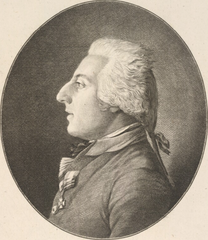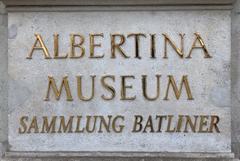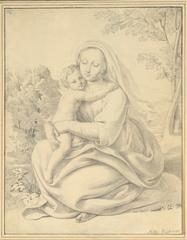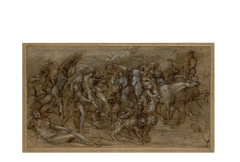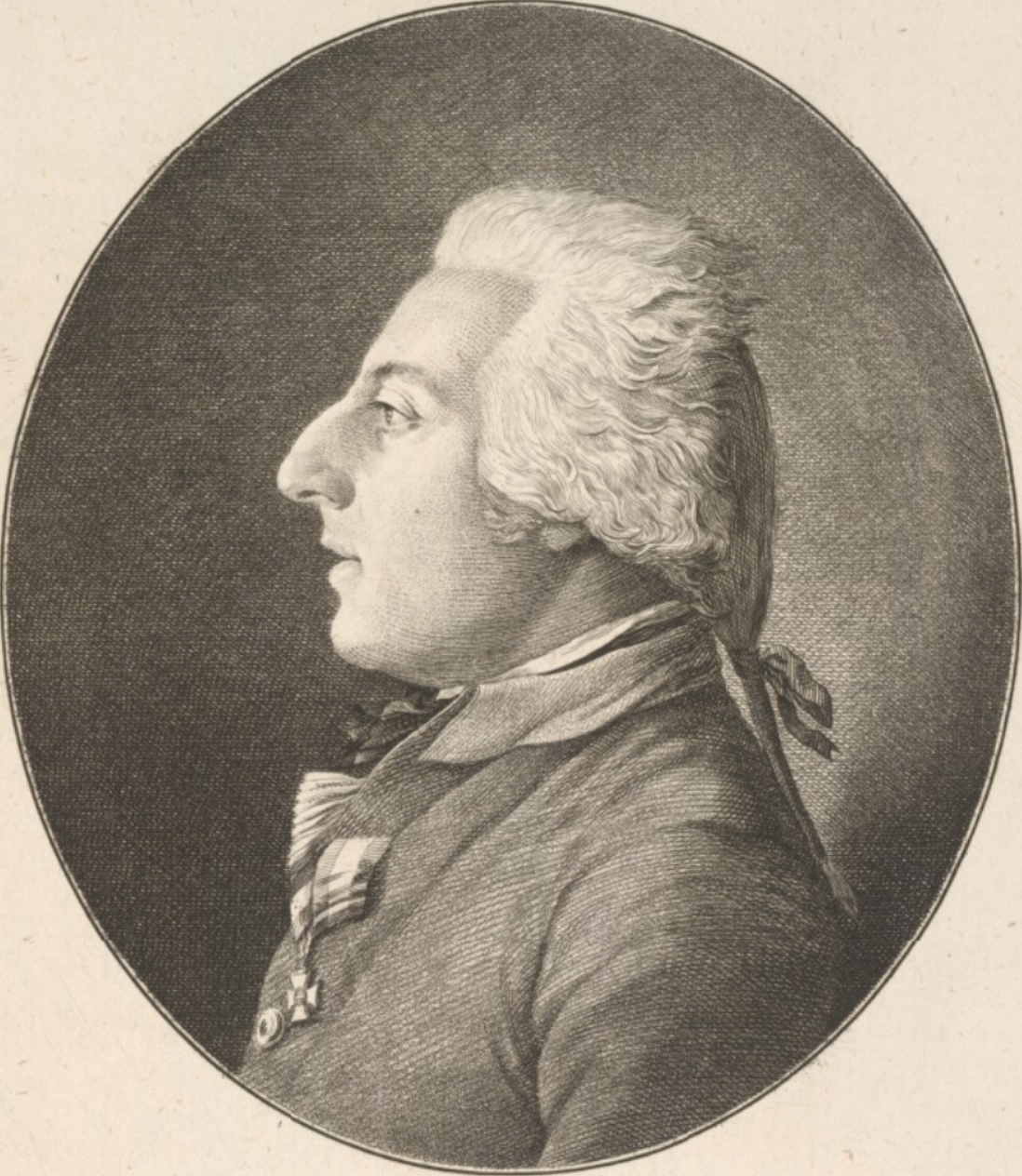
Albertina Vienna Visiting Hours, Tickets, and Historical Sites Guide
Date: 14/06/2025
Introduction to the Albertina Museum in Vienna
Located in the heart of Vienna’s historic city center, the Albertina Museum is a beacon of European art and culture. Established in 1776 by Duke Albert of Saxe-Teschen, the museum began as a private collection and has developed into one of the world’s leading graphic art institutions. Today, it houses more than a million prints and tens of thousands of drawings, including masterpieces by Albrecht Dürer, Leonardo da Vinci, Michelangelo, Rembrandt, Gustav Klimt, Egon Schiele, Claude Monet, and Pablo Picasso. The museum’s grand setting in a wing of the Hofburg Imperial Palace—complete with the lavish Habsburg State Rooms—offers visitors a unique blend of artistic excellence and architectural grandeur.
The Albertina is also home to the Albertina Modern, a venue opened in 2020 to showcase contemporary and post-1945 artworks. Together, these institutions represent Vienna’s dynamic balance of historical preservation and modern artistry. The central location, near landmarks like the Vienna State Opera and St. Stephen’s Cathedral, makes the Albertina a must-visit for those exploring Vienna’s cultural heritage.
This comprehensive guide covers the Albertina’s history, collections, architectural highlights, ticketing, accessibility, guided tours, and practical visitor tips—ensuring a rewarding experience for all. For official updates and further details, visit the Albertina Museum website, Britannica’s Albertina Museum entry, and Explorial’s guide to the Albertina.
Table of Contents
- Introduction
- Historical Overview and Cultural Significance
- The Albertina’s Collections
- Architectural Evolution and Interior Design
- Visitor Information: Hours, Tickets, and Accessibility
- Navigating the Museum and Amenities
- Seasonal & Special Exhibitions
- Frequently Asked Questions (FAQ)
- Conclusion and Call to Action
- References
Historical Overview and Cultural Significance
Origins and Development
Founded in 1776, the Albertina’s roots lie in Duke Albert of Saxe-Teschen’s vision to create an encyclopedic collection of European prints, drawings, and miniatures. The collection grew rapidly under his direction and that of successors such as Archduke Carl and Prince Albrecht, expanding to include works from the Renaissance, Baroque, and later periods (Albertina Museum – History).
After World War I, the collection became public property and was designated a state museum in 1920, opening its doors to a wider audience and marking a new era of accessibility (Albertina Museum – History).
Modernization and Expansion
The 20th century brought significant enrichment to the Albertina’s holdings, with directors like Alfred Stix and Otto Benesch adding key French, German, and Austrian works. Under Klaus Albrecht Schröder’s leadership since 2000, the museum has strengthened its focus on international contemporary and Austrian modern art, integrating collections such as Batliner and Rheingold (Albertina Museum – History). The opening of the Albertina Modern in 2020 further expanded its contemporary art offerings (Albertina Museum – Britannica).
Architectural and Cultural Context
The Albertina occupies a stately wing of the Hofburg Palace, with interiors restored to imperial splendor. Its blend of historical architecture and modern galleries exemplifies Vienna’s commitment to honoring the past while embracing the present (Albertina Museum – Britannica).
The Albertina’s Collections
Graphic Art Collection
Housing some 65,000 drawings and over a million prints, the Albertina’s graphic art collection is among the largest and most significant worldwide (allaboutvienna.com). Notable highlights include:
- Albrecht Dürer’s “Feldhase” (Field Hare, 1502)—an iconic watercolor (Arts & Culture – Google).
- Works by Leonardo da Vinci, Rembrandt, Michelangelo, Raphael, and Egon Schiele.
Due to their fragility, these masterworks are displayed only occasionally.
Batliner Collection: Monet to Picasso
The Batliner Collection is central to the museum’s painting and sculpture holdings. The permanent “Monet to Picasso” exhibition traces European modernism, featuring Monet, Picasso, Chagall, Miró, and others (albertina.at).
Expressionism, Avant-Garde & Contemporary Art
The Albertina offers an outstanding selection of German Expressionism, Russian avant-garde, and contemporary works. Key artists include Kirchner, Nolde, Kandinsky, Malevich, Gerhard Richter, and Roy Lichtenstein.
Photography, Architecture & Sculpture
The museum’s holdings extend to photographic archives, architectural drawings (highlighting masters like Otto Wagner, Adolf Loos, and Zaha Hadid), and sculptures by artists such as Alberto Giacometti (albertina.at).
Albertina Modern
Opened in 2020, this branch presents 60,000 works by 5,000 artists, focusing on post-1945 contemporary art. Major temporary exhibitions and rotating displays offer fresh perspectives on current trends.
Architectural Evolution and Interior Design
Historic Layers
The Albertina’s palace was completed in 1804 atop the Augustinian Bastion—remnants of Vienna’s old fortifications (explorial.com). Its elevated setting provides panoramic city views, while the monumental ramp and Albrechtsbrunnen (Albert’s Fountain) mark its grand entrance (theviennablog.com).
Interior Splendor
The palace’s neoclassical façade and Empire/Louis XVI style interiors reflect the tastes of its aristocratic founders. The twenty-two restored Habsburg State Rooms—adorned with stucco ceilings, gilded mirrors, and period furnishings—immerse visitors in imperial Vienna (theviennablog.com).
Architectural Collections and Special Exhibitions
The Albertina’s Architecture Collection includes more than 50,000 plans, studies, and models spanning Gothic to contemporary styles. Donations from the Technical University of Vienna and other institutions have enriched the collection with scale models of modern architectural icons (albertina.at).
Visitor Information: Hours, Tickets, and Accessibility
Visiting Hours
- Albertina Museum: Open daily, 10:00 AM–6:00 PM; Wednesdays and Fridays until 9:00 PM.
- Albertina Modern: Tuesday–Sunday, 11:00 AM–7:00 PM.
- Always confirm on the official website for updates, especially on holidays.
Ticket Prices
- Standard Adult: €19.90
- Discounts: Available for under-26, over-65, and those with special needs. Vienna City Card holders receive a €2 discount.
- Combo Tickets: Joint admission with Albertina Modern.
- Audio Guide: €3; highly recommended for in-depth commentary.
- Purchase tickets online in advance to avoid queues.
Accessibility
- Fully wheelchair-accessible, including step-free access throughout.
- Wheelchairs available to borrow; adapted restrooms and cloakrooms.
- Specialized tours for visitors with visual or hearing impairments can be arranged (albertina.at).
Guided Tours and Events
- Regular guided tours (mainly in German; private English tours available by advance booking).
- Special events and workshops; see the museum’s calendar for details.
- Family-friendly programs and special exhibitions, including the upcoming Marc Chagall (Sept 2024–Feb 2025) and Leonardo–Dürer (March–June 2025) shows.
Navigating the Museum and Amenities
Arrival and Layout
Enter via the monumental ramp from Albertinaplatz to the neoclassical entrance hall. Exhibition spaces are distributed across several floors, with clear signage and multilingual information panels.
Amenities
- Café: The DO & CO Albertina café offers Viennese cuisine; reservations recommended during busy periods.
- Museum Shop: Sells books, prints, and souvenirs.
- Restrooms and Cloakroom: Accessible and free of charge.
- Wi-Fi: Complimentary in public areas.
Visitor Tips
- Visit on weekday mornings or after 4:00 PM for a quieter experience.
- Allow at least two hours for your visit; more for art enthusiasts.
- Non-flash photography is allowed in most areas; restrictions apply in some special exhibitions.
- Large bags must be checked; food and drink only in the café.
- The Vienna Pass includes Albertina admission and offers savings for multiple attractions.
Seasonal & Special Exhibitions
- Marc Chagall Exhibition: September 28, 2024–February 9, 2025.
- Leonardo–Dürer Master Drawings: March 7–June 9, 2025.
- Advance booking is highly recommended during major exhibitions.
Frequently Asked Questions (FAQ)
Q: What are the Albertina’s opening hours?
A: Daily from 10:00 AM–6:00 PM; Wednesdays and Fridays until 9:00 PM. Confirm holiday hours on the official website.
Q: How much do tickets cost?
A: Standard adult tickets are €19.90; discounts available for eligible groups.
Q: Is the museum wheelchair accessible?
A: Yes, including exhibition spaces, café, and shop.
Q: Are guided tours available in English?
A: Private English tours can be arranged in advance; regular tours are mainly in German.
Q: Can I take photos inside?
A: Non-flash photography is permitted in most areas, with some restrictions.
Q: How do I avoid crowds?
A: Purchase tickets online and visit during weekday mornings or late afternoons.
Notable Works at a Glance
| Artist | Work Title | Year |
|---|---|---|
| Claude Monet | Water Lily Pond | 1917–1919 |
| Pablo Picasso | Woman in a Green Hat | 1947 |
| Edgar Degas | Two Dancers | ca. 1905 |
| Marc Chagall | The Kite | 1926 |
| Paul Cézanne | Farm in Normandy | ca. 1885–86 |
| René Magritte | The Enchanted Spot | 1953 |
| Ernst Ludwig Kirchner | Female Nude (Dodo) | ca. 1909 |
| Wassily Kandinsky | Inner Alliance | 1929 |
| Kazimir Malevich | Man in a Suprematist Landscape | ca. 1930/31 |
| Edvard Munch | Winter Landscape | 1915 |
Nearby Vienna Historical Sites
The Albertina’s central location allows easy visits to:
- Vienna State Opera
- Hofburg Palace
- St. Stephen’s Cathedral
- Kärntner Straße shopping street
Visuals and Media
(Include images such as “Albertina Museum exterior in Vienna,” “Lavish State Rooms,” “Dürer’s Field Hare at the Albertina,” and “Albertina Modern gallery.” Add a map of the museum’s location and a link to any available virtual tours.)
Internal and External Links
Conclusion and Call to Action
The Albertina Museum is a crown jewel of Vienna, merging world-class collections with imperial architecture and modern innovation. By planning your visit using this guide, you’ll enjoy seamless access, avoid crowds, and fully appreciate its treasures. For up-to-date information, guided tour bookings, and insider tips, check the official Albertina website and follow their social media channels.
Download the Audiala app for expert audio guides, follow us for more travel advice, and explore related articles for a deeper dive into Vienna’s cultural wonders. Your unforgettable journey through Vienna’s art and history awaits at the Albertina!
References and Further Reading
- Albertina Museum – Britannica
- Albertina Museum – History
- Albertina Museum – Jenny Saville Exhibition
- Explorial: Albertina Museum Vienna
- The Vienna Blog: Top 5 Reasons to Love the Albertina Museum
- Vienna Tourist Information: Albertina
- Vienna Trips: Albertina Museum
- Europe of Tales: Vienna Sights
- Albertina Architecture Collection
- All About Vienna: Albertina Museum
